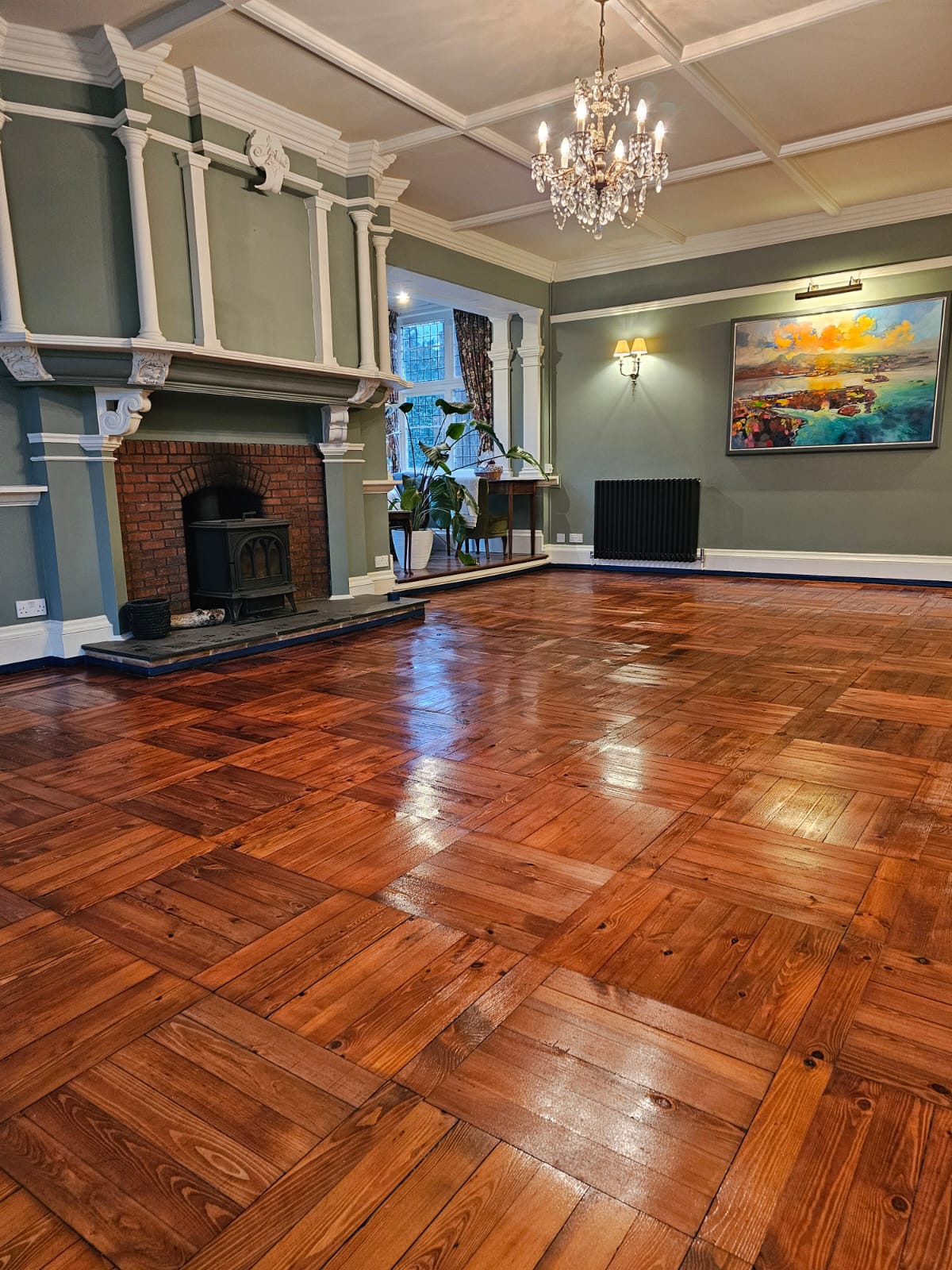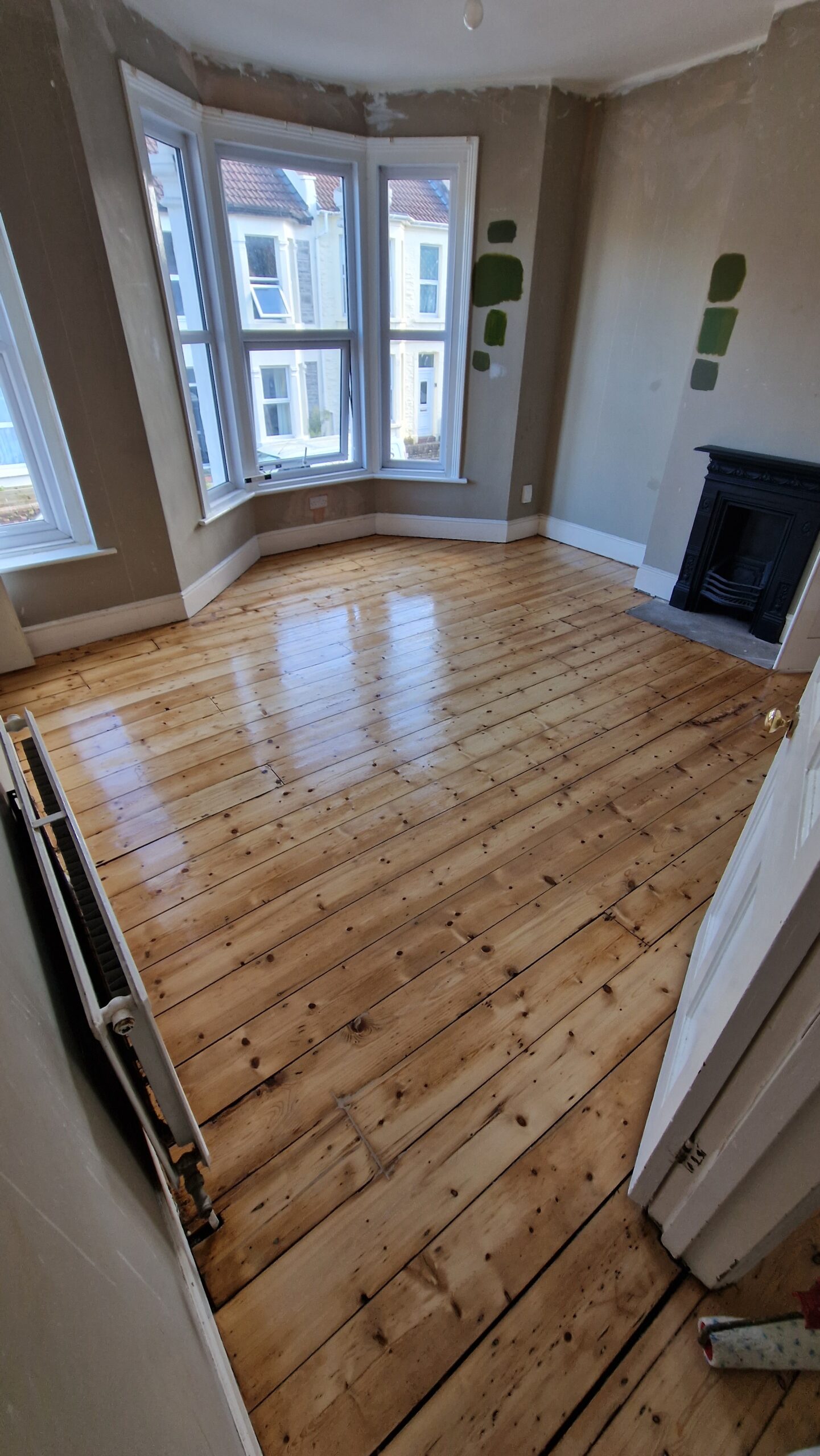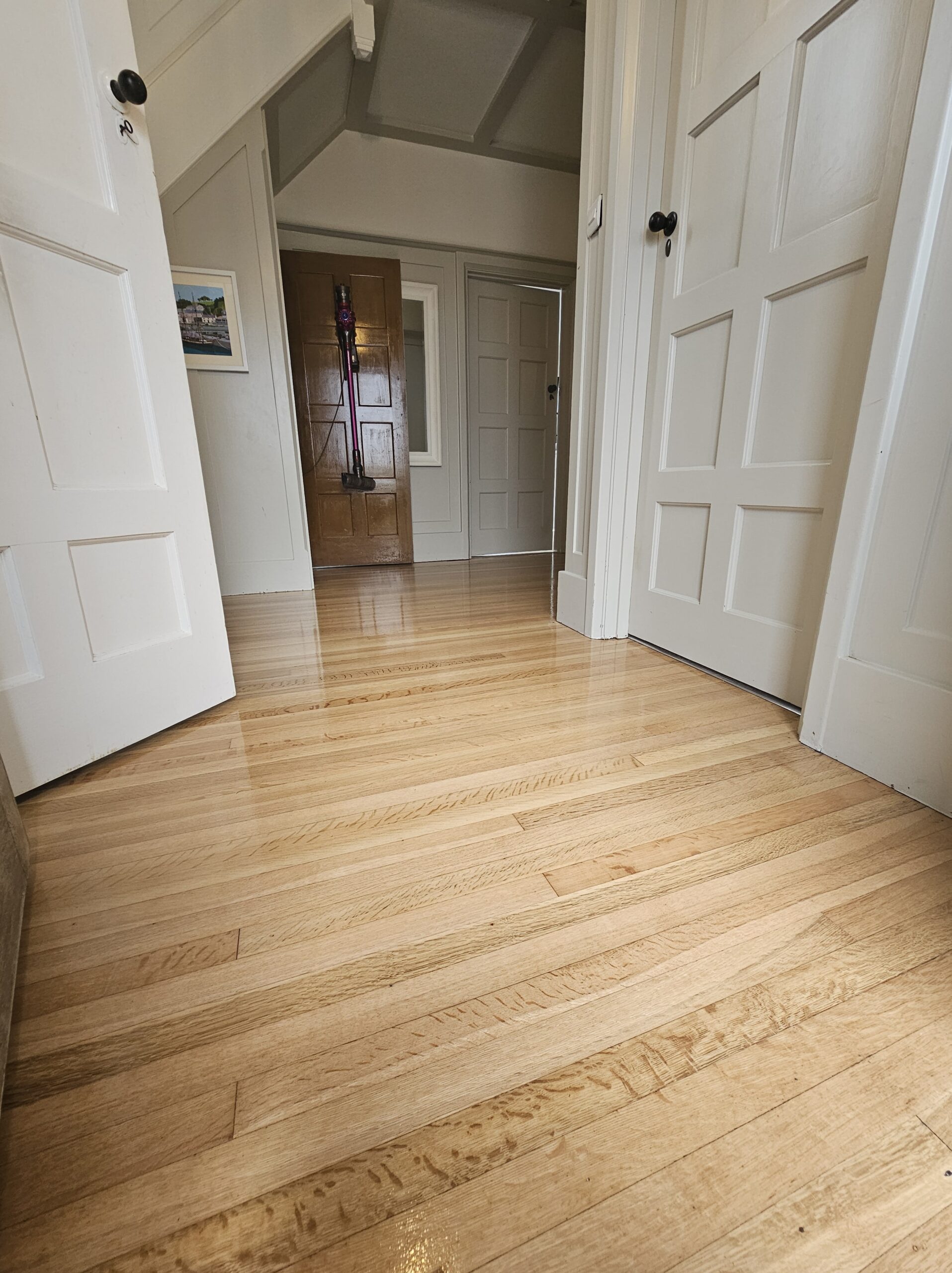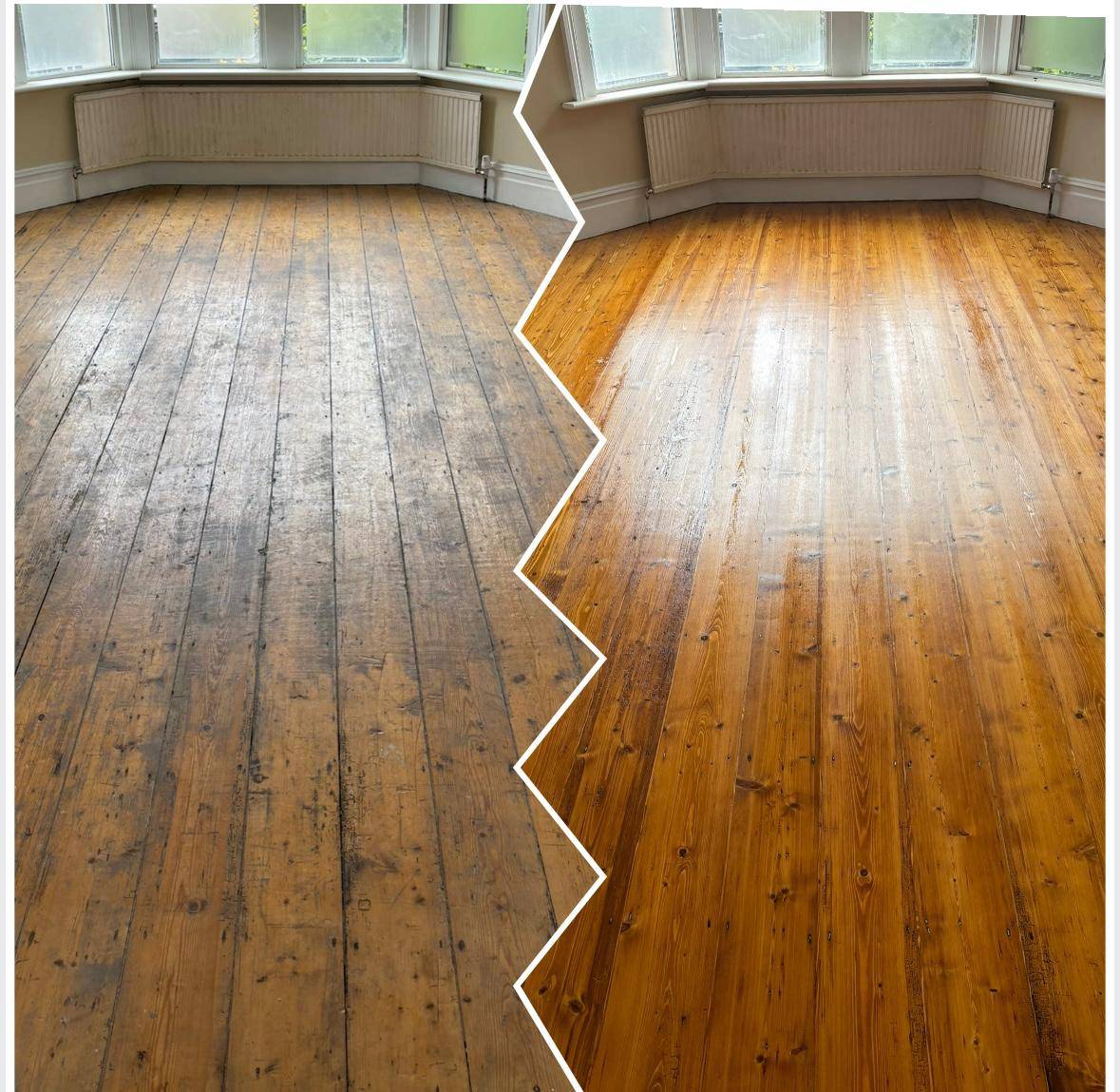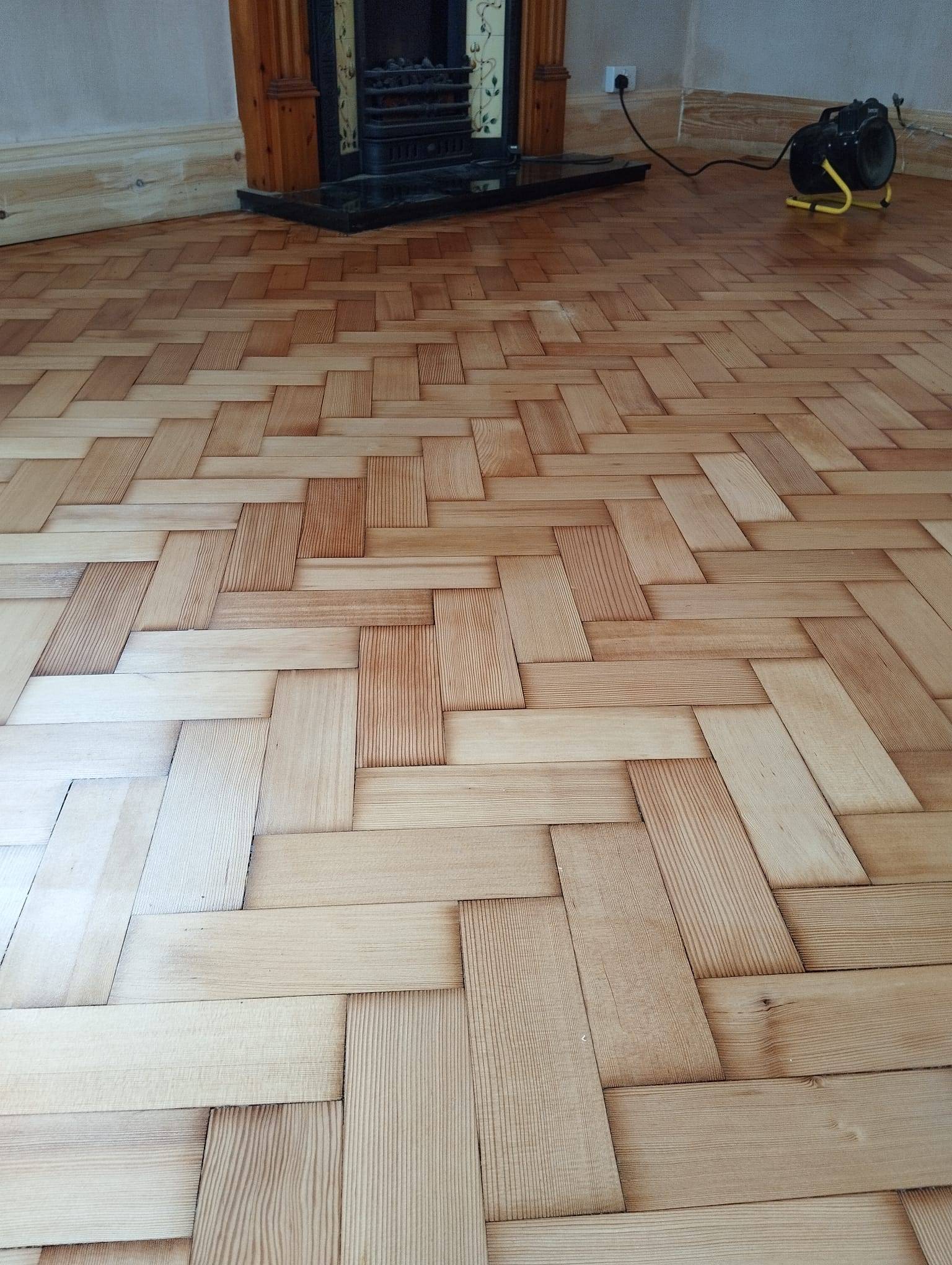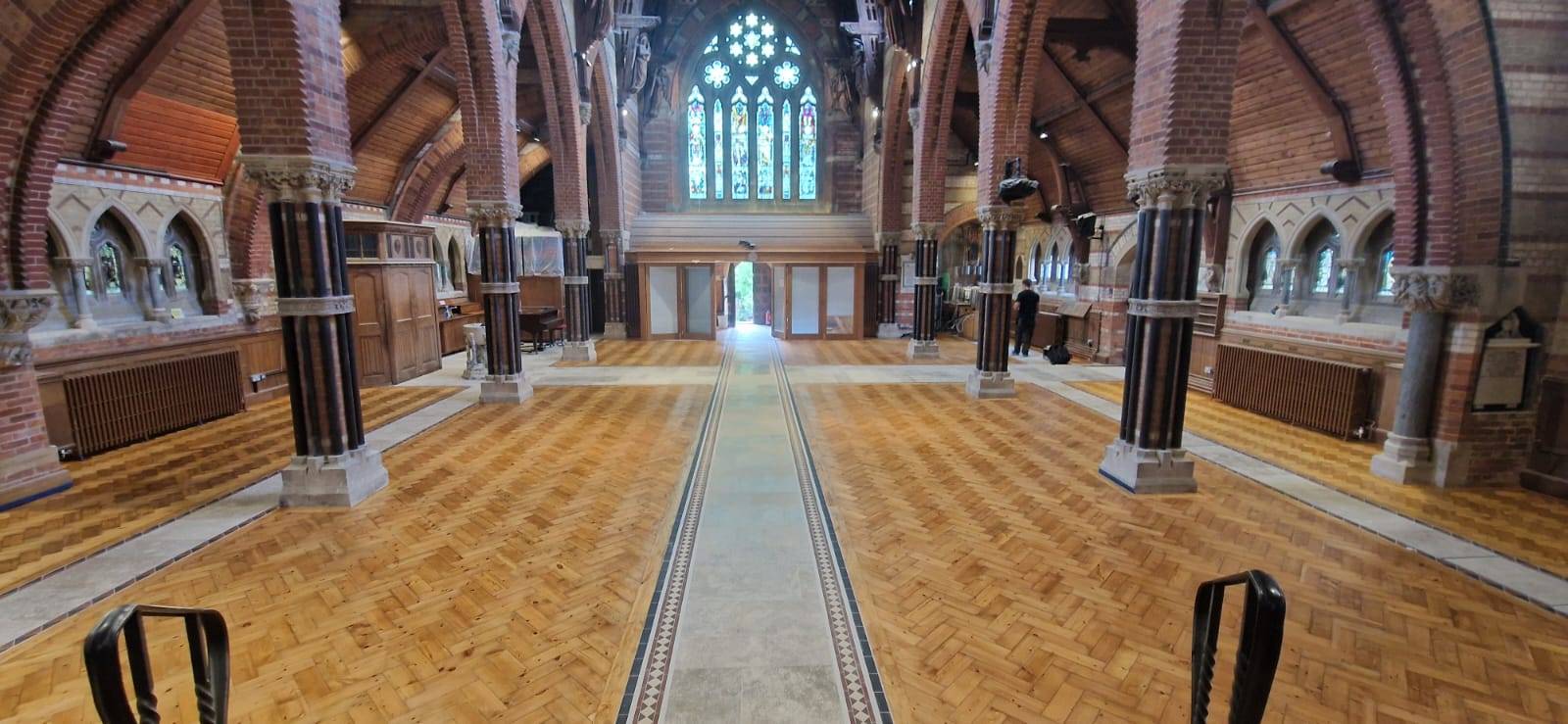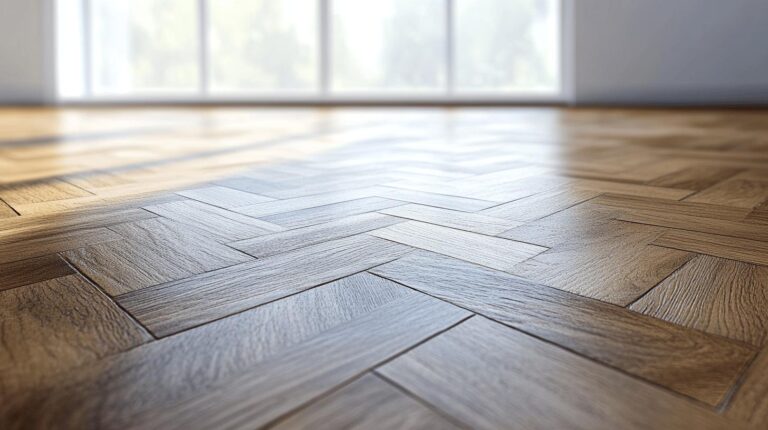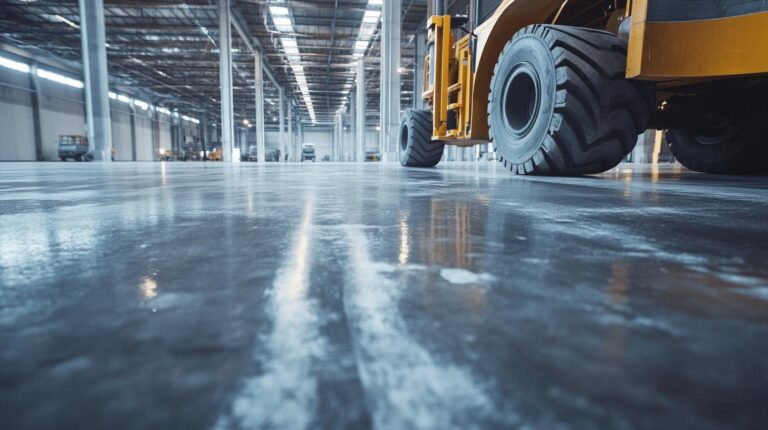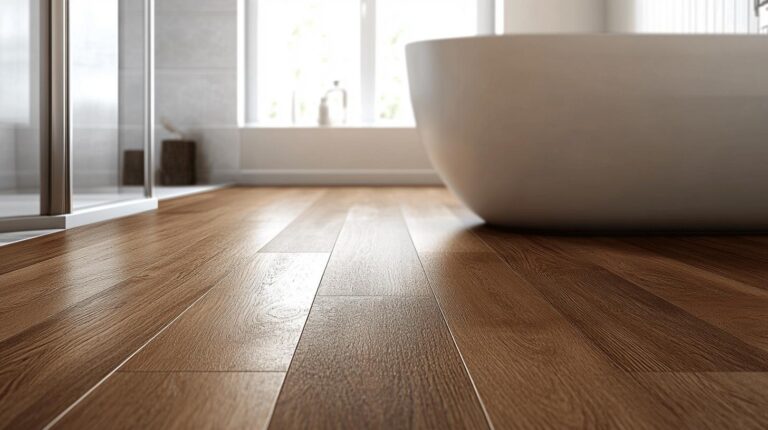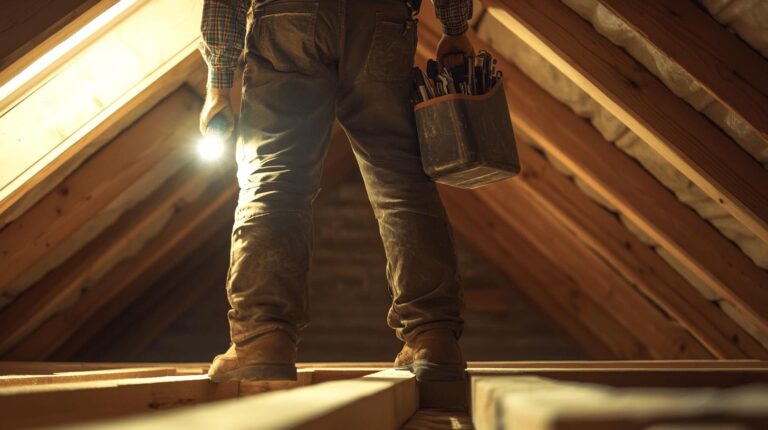Why is it that listed buildings, which captivate us with their historical charm, demand such specialised care during restoration? These structures hold immense historical and architectural significance, preserving stories and craftsmanship from eras past. When it comes to wood floor restoration, the stakes are high. Using conventional methods risks erasing the rich tapestry of history imbued in every floorboard. In this article, the necessity for expert techniques tailored to restore these storied floors will be unravelled, showcasing how such practices honour the past while preserving authenticity for future generations.
Understanding the Importance of Listed Buildings
Listed buildings are recognised for their historical and architectural significance, often representing the cultural heritage and architectural evolution of the United Kingdom. These structures are protected under law to ensure that their original features and character are preserved for future generations. What makes listed buildings important is their embodiment of history and artistry, reflecting the time periods in which they were constructed.
The historical architecture of listed buildings adds immense value not only to the cultural landscape but also to the communities that surround them. They often feature unique design elements and construction techniques that are rare in modern architecture. Preservation of these buildings allows people to appreciate the craftsmanship and design philosophies of past eras. Moreover, they often serve as educational resources, providing insight into historical construction methods and societal values. Their architectural value lies in their ability to convey a story through their form, structure, and embellishments, offering a tangible connection to the past.
Maintaining listed buildings comes with significant responsibilities, primarily involving adherence to strict preservation guidelines. These guidelines ensure that any restoration or maintenance work does not alter or damage the building’s original characteristics. This requires careful planning and execution of restoration projects, often involving specialised techniques and materials that are compatible with the original construction. Compliance with these guidelines is crucial to preserving the building’s historical integrity and ensuring that it continues to be a source of heritage and pride for future generations.
Challenges in Restoring Wood Floors in Listed Buildings
Restoring wood floors in listed buildings presents numerous challenges, primarily because of the strict preservation guidelines that must be followed. These guidelines are designed to maintain the historical integrity of the building, ensuring that any restoration work retains the original character and features of the structure. This often means that conventional restoration methods are not suitable, requiring specialised techniques that respect the building’s historical and architectural significance. The precision needed in such work highlights the importance of employing experts familiar with heritage conservation standards.
Sourcing compatible materials is another significant challenge when restoring wood floors in listed buildings. The materials used must match or closely replicate those originally used in the building to maintain its authenticity. This can be difficult as many historical materials are no longer produced or are available only in limited quantities. Additionally, finding suppliers who can provide these materials at the required quality can be a time-consuming process. The scarcity of suitable materials often necessitates creative solutions, such as custom milling or sourcing reclaimed wood, to ensure the restored floor blends seamlessly with the existing structure.
The need to match existing historical aesthetics further complicates restoration projects in listed buildings. Achieving a cohesive look requires an in-depth understanding of the building’s architectural style and the craftsmanship of the period. This involves not only selecting the right materials but also employing traditional techniques and finishes that mirror the original work. The challenge lies in replicating the subtle nuances of historical design, such as specific wood patterns or finishes, which requires skilled artisans and detailed research into the building’s history and construction methods.
Dealing with aged materials and wear and tear presents additional complications in the restoration of wood floors in listed buildings. Over time, wood can become brittle, warped, or damaged by environmental factors and usage. Restoring such floors involves careful assessment and treatment to prevent further deterioration while preserving as much of the original material as possible. This may include reinforcing weakened areas, addressing structural issues, and applying appropriate conservation techniques to stabilise the wood. The complexity of these tasks underscores the necessity for expertise in handling historical materials, ensuring that the restoration work prolongs the life of the floors without compromising their heritage value.
Specialised Techniques for Wood Floor Restoration
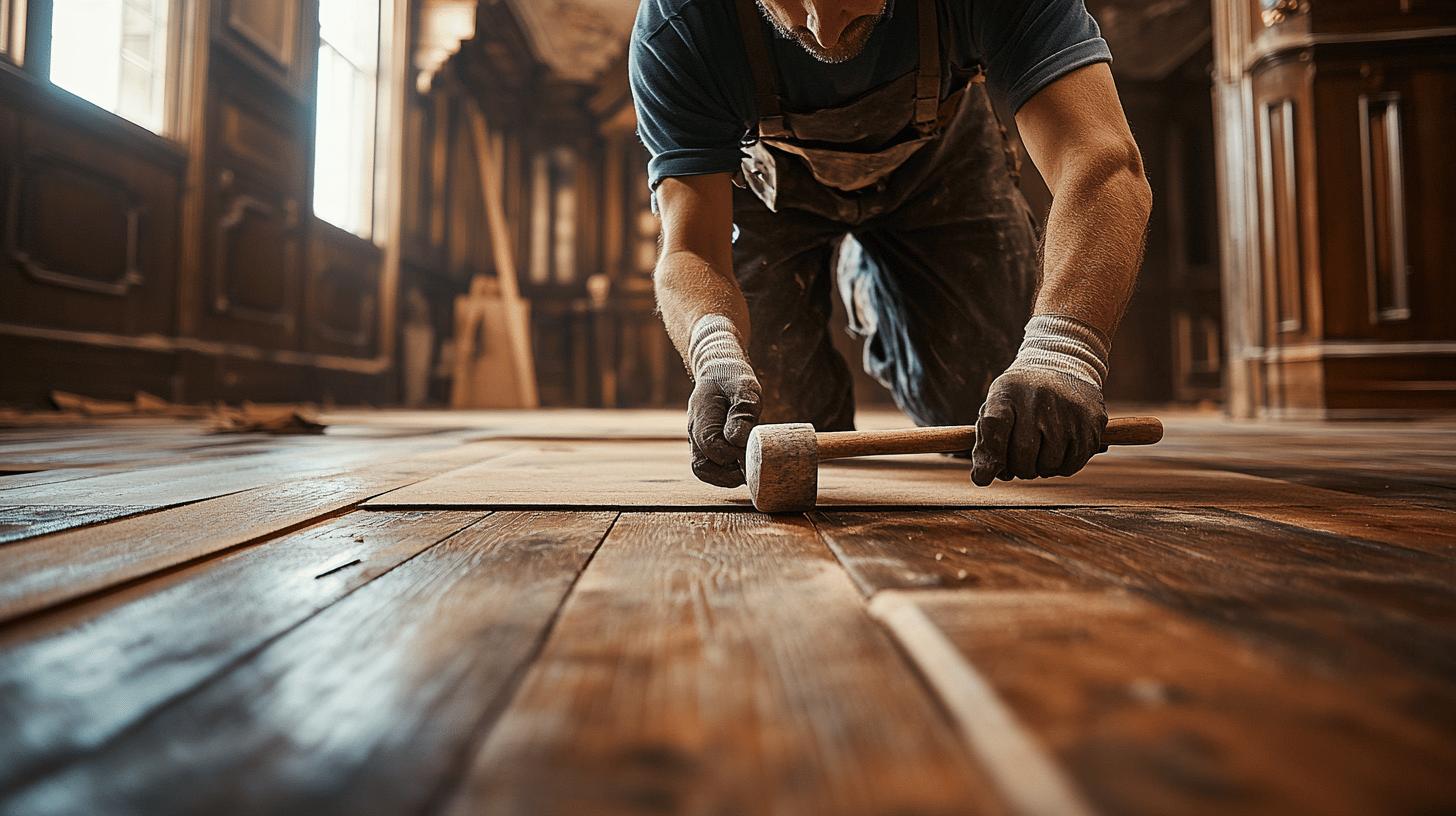
Specialised restoration techniques are essential for wood floors in listed buildings due to the unique challenges posed by aged materials, wear and tear, and the requirement to preserve historical aesthetics. Why are these techniques necessary? Because listed buildings are subject to preservation guidelines that demand any work done must not compromise their historical integrity. The precision and care required to work within these constraints mean that conventional restoration methods fall short. Instead, restoration specialists must employ methods that align with the building’s original craftsmanship, ensuring that the floors not only look authentic but also maintain their historical significance.
Traditional methods and tools play a crucial role in the restoration of wood floors in listed buildings. What is the importance of using traditional methods? These methods are critical because they ensure compatibility with the original construction techniques and materials used in the building’s era. By adhering to these practices, restorers can more accurately replicate the original appearance and functionality of the floors. Tools from the period or modern equivalents designed to mimic the traditional techniques enable artisans to work with the same level of precision as the original craftsmen, thereby preserving the floor’s authenticity and heritage.
- Hand-scraping to replicate period-specific textures
- Using reclaimed wood to match the original materials
- Limewashing for an authentic finish
- Custom milling to match original board sizes
- French polishing to achieve historical sheen
The benefits of employing these specialised techniques are manifold, primarily in maintaining the authenticity of the listed building. By using methods sympathetic to the building’s period and style, restorers can ensure that the wood floors remain true to their original design while also enhancing their durability and longevity. This approach not only respects the building’s architectural heritage but also adds value by preserving its historical integrity. As a result, the building continues to serve as a cultural and educational resource, providing a link to the past for future generations.
Legal Requirements and Compliance in Restoration
Compliance with preservation laws is of paramount importance when restoring wood floors in listed buildings. Why is this compliance crucial? These laws ensure that the historical authenticity and integrity of the building are preserved, safeguarding its cultural and architectural significance for future generations. Legal frameworks set the standards for restoration work, guiding contractors in employing techniques that align with the original construction. Failure to comply can result in legal penalties and, more importantly, the irreversible loss of historical value.
How do these laws affect material and method selection? Restoration work on listed buildings is subject to stringent regulations that dictate the use of materials and methods compatible with the building’s original construction. This means that restorers must often source period-appropriate materials, which can be challenging due to their scarcity or the need for custom fabrication. Additionally, traditional methods may need to be employed to ensure that the restoration work harmonises with the existing structure, maintaining the building’s historical aesthetics and integrity.
Benefits of Using Specialized Wood Floor Restoration Techniques
Specialized wood floor restoration techniques are crucial in maintaining the historical integrity of listed buildings. Why is maintaining historical integrity important? It ensures that the architectural and cultural significance of these structures is preserved for future generations. By employing methods that closely replicate the original construction techniques, restorers can safeguard the unique features and craftsmanship that define the building’s era. Without such measures, the authenticity of the building could be compromised, leading to a loss of historical value and diminished cultural heritage.
The use of specialized techniques significantly enhances the value of listed buildings. How does this enhancement occur? By preserving original materials and employing methods that maintain the aesthetic continuity of the structure, the building retains its historical and architectural appeal. This preservation can increase the building’s market value and its desirability for owners and potential buyers interested in heritage properties. Moreover, buildings that maintain their original charm and character often attract tourism and educational interest, further boosting their economic value.
Compliance with preservation standards is another critical benefit of using specialized restoration techniques, contributing to the long-term durability of wood floors. Why is compliance necessary? It ensures that restorations are carried out in a manner that respects the building’s original design and structural integrity. By adhering to legal and preservation guidelines, the risk of damage during restoration is minimized, which helps extend the life of the wood floors. This careful attention to detail not only preserves the aesthetic value but also enhances the functional longevity of the building’s flooring, ensuring it remains a testament to historical craftsmanship for years to come.
Final Words
Restoring wood floors in listed buildings demands specialised techniques to preserve both historical and architectural integrity. The process presents unique challenges, such as sourcing compatible materials and maintaining historical aesthetics, all while adhering to strict preservation guidelines.
Utilising traditional methods and tools not only ensures authenticity but also enhances the building’s value and compliance with legal standards. Ultimately, why listed buildings require specialised wood floor restoration techniques is evident, as these practices safeguard heritage for future generations and ensure that these structures continue to be cherished and admired.
FAQ
What are listed buildings, and why are they important?
Listed buildings are recognised for their historical or architectural significance, requiring special care to preserve their original features. Their importance lies in maintaining cultural heritage and historical architecture.
Why do listed buildings require careful attention during restoration?
Listed buildings require careful restoration to maintain authenticity and adhere to preservation guidelines, which ensure historic features are protected for future generations.
What challenges are encountered when restoring wood floors in listed buildings?
Restoring wood floors in listed buildings involves challenges like maintaining historical integrity, sourcing matching materials, and dealing with aged materials while adhering to preservation guidelines.
How can the process of sourcing compatible materials be difficult in restoration?
Finding materials that match the original construction can be difficult due to their rarity or the need to replicate historical manufacturing processes.
Why is matching existing historical aesthetics challenging in restoration?
Authenticity requires precise matching of aesthetics, which demands detailed knowledge of historical design, colours, and finishes to ensure seamless integration with existing elements.
What are the complications of dealing with aged materials in restoration?
Aged materials can be brittle and may not meet modern durability standards, necessitating specialised techniques to strengthen them without altering their appearance.
What are specialised wood floor restoration techniques?
Specialised restoration techniques include using traditional methods and tools, such as hand-scraping, to address aged materials while matching historical aesthetics.
Why is the use of traditional methods important in restoration?
Traditional methods are important as they remain sympathetic to the building’s period and style, ensuring authenticity and historical accuracy.
Can you list specific techniques or tools used in wood floor restoration?
- Hand-scraping
- Lime washing
- French polish
- Traditional stains
- Custom-milled replacement boards
How do these specialised techniques benefit the restoration of listed buildings?
These techniques maintain authenticity, enhance historical value, ensure compliance with standards, and improve the long-term durability of the structure.
What are the legal requirements for restoring wood floors in listed buildings?
Restoration work must comply with legal requirements that dictate using compatible materials and methods, respecting the original construction integrity.
How do laws affect material and method selection in restoration?
Laws require that chosen materials and methods match the original style and construction, ensuring adherence to preservation standards and maintaining historical integrity.
What benefits result from using specialised wood floor restoration techniques in listed buildings?
These techniques help maintain the building’s historical integrity, enhance its value, and ensure long-term compliance with preservation standards, contributing to its durability and cultural significance.

